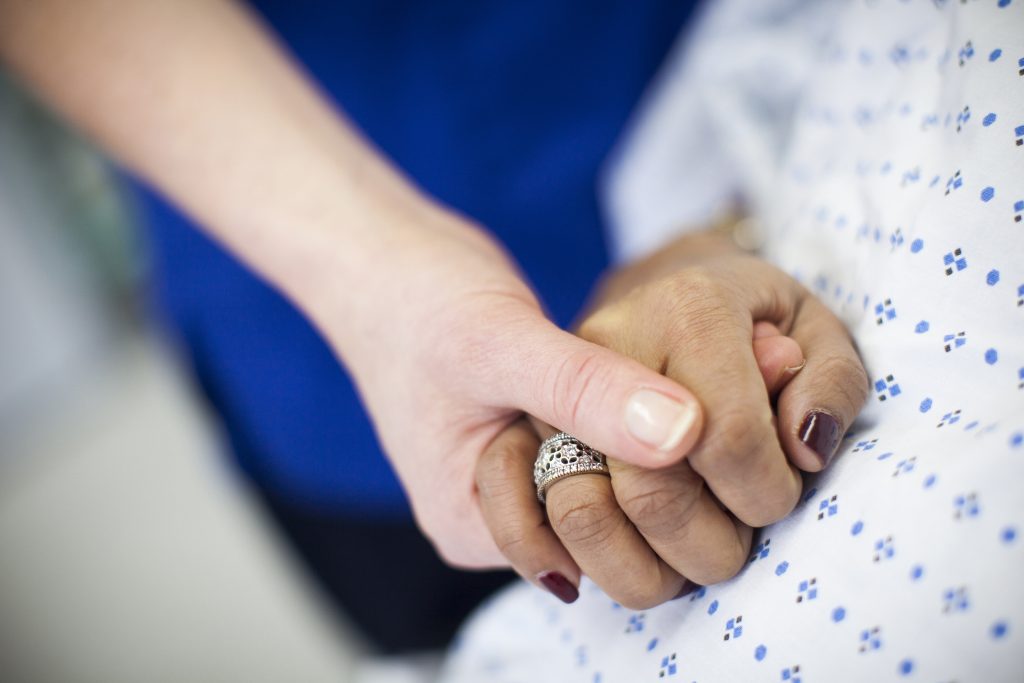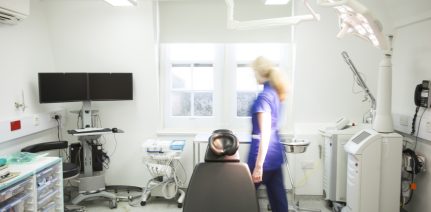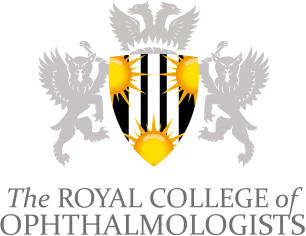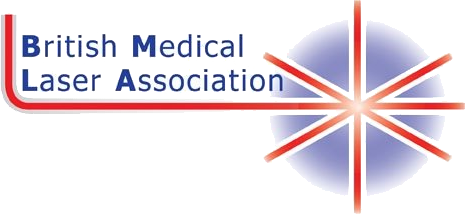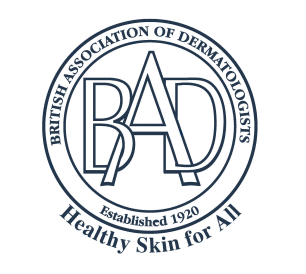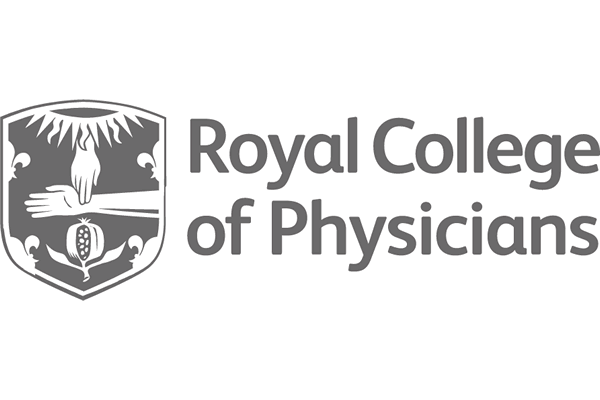Comprehensive support for scars from a multi-disciplinary team of burn specialists
At The London Scar Clinic, we have a team to support patients improve both the function as well as cosmetic appearance of their scarring caused by burns. We recognise that burns can also impact self-confidence by creating a significant source of emotional distress, and thus we have a specialist team of psychologists to support the well-being of patients too.
As one of the country’s only specialist scar treatment centres, The London Scar Clinic works with a team of plastic surgeons, dermatologists and other practitioners to deliver a Multidisciplinary Team approach. This ensures our specialist experts work in harmony to offer each patient the best possible outcome for their needs. We are known for a patient centred approach, which explores both the physical and psychological needs, before carefully tailoring treatment plans for individual patients. The severity of the burn, together with the psychological wellbeing of the patient, is fundamental to determining the best management pathway.
Following a burn, it can take up to 18 months for the scar to fully mature; a variety of surgical and non-surgical interventions may be required at various stages of this complex process to ensure optimal long term outcomes. The comprehensive range of treatments and procedures available at The London Scar Clinic include:
NON-INVASIVE OPTIONS
Psychology & Well-being: Beyond the physical impact of burn scars, self-consciousness, low esteem and embarrassment are just some of the mental challenges associated with burn scars. We have a dedicated psychological team providing professional support including counsellors, therapists, clinical psychologists, psychiatrists and cognitive behavioural therapists (CBT) to support you through your trauma.
Silicone Gels and Sheets: Silicone can help prevent and treat scars, making them less red and more pliable (flexible). Silicone gels and sheets for burn scars are an effective first step to improve the physical appearance and they can be used as soon as the wound has healed over. They aim to keep the scar moisturised and offers a protective layer to the affected area of the skin.
Scar Creams: Keeping a scar hydrated helps prevent excessive scar production and improves comfort. There is an overwhelming number of creams on the market – we can advise you on the most cost-effective, evidence-based creams for your scar.
Pressure Garments: Pressure garments are measured for each individual patient and help to reduce the height and redness of scars; they may also improve the comfort of the scar too.
Scar Massage & Hydration: The composition of a scar is different from skin. Often the scar is more rigid, less flexible and sometimes stuck to the other layers of tissue. This can cause considerable discomfort and compromise function. The medical practitioner uses scar massage techniques to reduce collagen production, improve the pliability of the scar and mobilise your scar to make it freer and more relaxed.
Steroid Injections: Steroid injections are very effective to reduce the “bulk”, flatten and soften the scar tissue. Steroid injections are often administered as a course – typically every 3-6 weeks – and length of the course is dependent on the thickness and extent of the burn scar. Steroid injections may also be used in combination with laser treatment.
LPG (Endermologie): This is a technology that has a very powerful effect on burn scars. Essentially it is a mechanical device that massages the scar using a variety of settings and handpieces. LPG can improve the look and feel of your scar, and it is especially useful in enhancing the flexibility (pliability) of your scar.
MINIMALLY INVASIVE OPTIONS
Radiofrequency Microneedling: The treatment delivers mechanical needling and radiofrequency energy into the lower layer of the skin (dermis) enhancing skin texture and improving scar remodelling by triggering collagen stimulation. The treatment is suitable for all skin types, and it does not disrupt the epidermis (top layer of skin).
Laser Resurfacing: The UltraPulse CO2 laser from Lumenis is considered the ‘gold standard’ in the treatment of many different conditions including scarring from burns. The UltraPulse CO2 laser inflicts a controlled injury pattern to the skin, which subsequently encourages the skin to produce more collagen. The extra collagen leads to a much smoother and tighter appearance of the skin and reduces the look of the scar.
INVASIVE OPTIONS
Scar Revision surgery: Scar revisions are performed by making an incision around or within the burn scar, removing and or rearranging tissues. The results are an improved appearance of the scarring and in some cases, function too.
Surgical Needling: Surgical needling involves the use of a roller ,which is passed over the scar a number of times producing pinpoint bleeding. Surgical needling can improve the texture, pigmentation and volume of the burn scar.
Skin Grafting surgery: Skin grafting surgery is a technique whereby healthy skin is removed from one area of the body (commonly thigh or buttocks) and placed on the burn scar area. Skin grafting is particularly effective for large burns, can improve the appearance of damaged skin and restore function.
Tissue Expansion surgery: Tissue expansion is a procedure to promote the growth of healthy skin and replace damaged tissue caused by scarring. During tissue expansion surgery, a silicone balloon expander is inserted under the skin near to where the area needs to be repaired. The balloon is inflated to stretch and grow new skin which is then distributed over the scar area to be treated.
Following an in-depth consultation, the surgeon will explain the various treatments available, which may be a blend of both non-invasive and invasive procedures to create the best plan for you.



